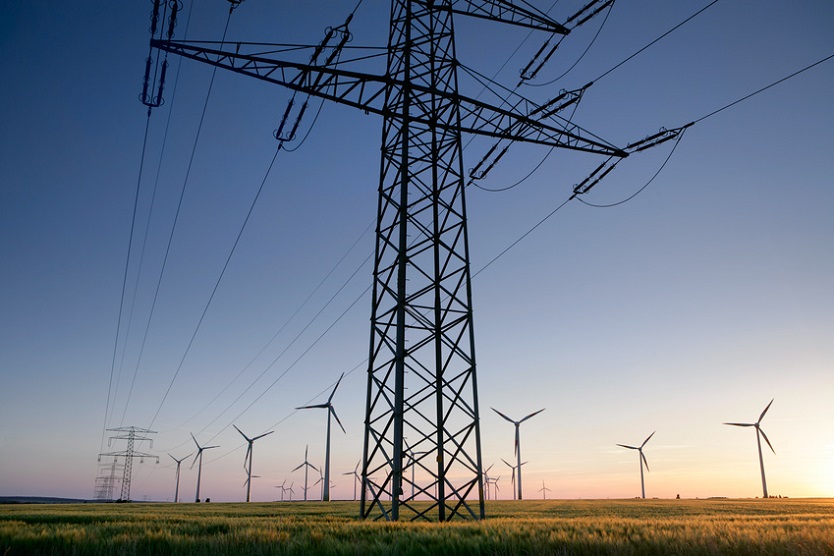
The testresults for decentralised power generation and consumption with a virtual power plant (VPP) are in.
© fotolia.com/thomaslerchphoto
For the past three years, a distribution grid operator in Aachen, westernmost Germany, has been testing how decentralised power generation and consumption can be managed via a virtual power plant (VPP). And now the results are in.
The main objective of project ‘Quirinus’ – which was funded by the EU and the state of North Rhine-Westphalia with EUR 6 million – was to simulate the control of a VPP using, amongst other things, a traffic light system which displays the status of individual lines and nodes in real-time and shows up bottlenecks, congestion and failures.
"At the end of Quirinus we can draw a very positive balance", says Stefan Ohmen, joint managing director of the consortium leader Regionetz with Axel Kahl, in a press release. "Our central approach… was to keep the power grids stable in the future by means of a virtual area power plant... This worked and we were able to gain valuable insights for such a model, with our focus on the distribution grids".
The Quirinus Control Centre was based at the main location in Heppendorf. "There, we set up a complex software system that can determine the current and future state of a network using online measured values, historical load profiles, forecasts and load profiles,” explains Axel Kahl. “At its core, the aim is to routinely manage the flexibility of supply and demand".
In addition, two field tests based on “island networks” were carried out. One in an open-cast mine in Inden, which used a combined heat and power system (CHP) with flywheel mass storage to stabilise the system in the event of load fluctuations; and another at a biogas plant in Gangelt, which used a combination of photovoltaics, CHP and rotational storage techniques.


